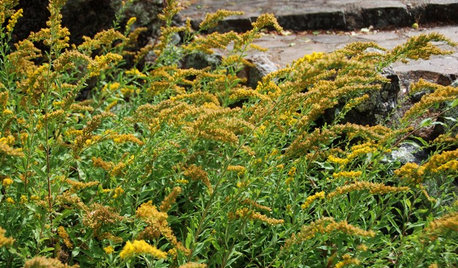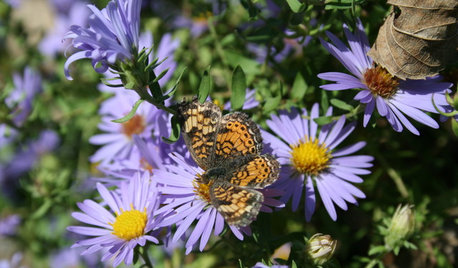How do I permanently kill native milkweed?
grandmothers_rose z6b
11 years ago
Featured Answer
Comments (22)
grandmothers_rose z6b
11 years agoRelated Professionals
West Milford Landscape Architects & Landscape Designers · Jennings Landscape Architects & Landscape Designers · Winder Landscape Architects & Landscape Designers · Finneytown Landscape Architects & Landscape Designers · Cudahy Landscape Contractors · Florham Park Landscape Contractors · Pacifica Landscape Contractors · Panama City Beach Landscape Contractors · Tuscaloosa Landscape Contractors · Waipahu Landscape Contractors · Cutler Bay Fence Contractors · Winchester Fence Contractors · East Palo Alto Fence Contractors · Brookfield Window Contractors · Hawaiian Gardens Window Contractorsrunmede
11 years agograndmothers_rose z6b
11 years agoterrene
11 years agograndmothers_rose z6b
11 years agoterrene
11 years agodrsonja99
11 years agograndmothers_rose z6b
11 years agodrsonja99
11 years agonel.nucifera
11 years agoCherz_132
11 years agorunmede
11 years agoterrene
11 years agojazzygardener
11 years agokathytnj
11 years agokmarissa
10 years agorunmede
10 years agoellsberg
6 years agomblan13
6 years agoJay 6a Chicago
6 years agoKC Clark - Zone 2012-6a OH
6 years ago
Related Stories

GARDENING GUIDESGreat Design Plant: Butterfly Milkweed, a Beacon in the Prairie
Vivacious orange flowers for you, nectar for the butterflies and bees. Asclepias tuberosa is worth planting for more reasons than one
Full Story
FLOWERS AND PLANTSHelp Monarchs and Other Butterflies by Planting Common Milkweed
Summer-blooming Asclepias syriaca is an important larval host plant for the monarch butterfly and attracts a number of pollinating insects
Full Story
GARDENING GUIDESGreat Design Plant: Milkweed
Quit cringing. This not-weed plant is a sight to behold in the garden, has a delicious vanilla scent and is a magnet for butterflies
Full Story
GARDENING GUIDESHow to Find the Right Native Plants for Your Yard
Find plant maps, sale sites and guides that make going native in the garden easier than ever
Full Story
GARDENING GUIDES6 Native Goldenrods Worth a Second Look
Goldenrod gets a bad rap as being aggressive, but these more mannerly choices offer a bunch of benefits
Full Story
GARDENING FOR BUTTERFLIES3 Ways Native Plants Make Gardening So Much Better
You probably know about the lower maintenance. But native plants' other benefits go far beyond a little less watering and weeding
Full Story
GARDENING GUIDESGarden-Friendly Native Alternatives to Overplanted Exotics
There are lots of gorgeous, wildlife-friendly native plants ready to make an appearance in your garden
Full Story
GARDENING GUIDESOh, Deer! 10 Native Flowers That Stand Up to the Herds
Keeping a garden amid hungry deer can be hard, but these plants should fare well
Full Story

GARDENING GUIDESGreat Design Plant: Asclepias Incarnata for a Butterfly Garden
Beautiful swamp milkweed makes it easy to help monarchs and other pollinators in eastern U.S. gardens
Full StoryMore Discussions







terrene